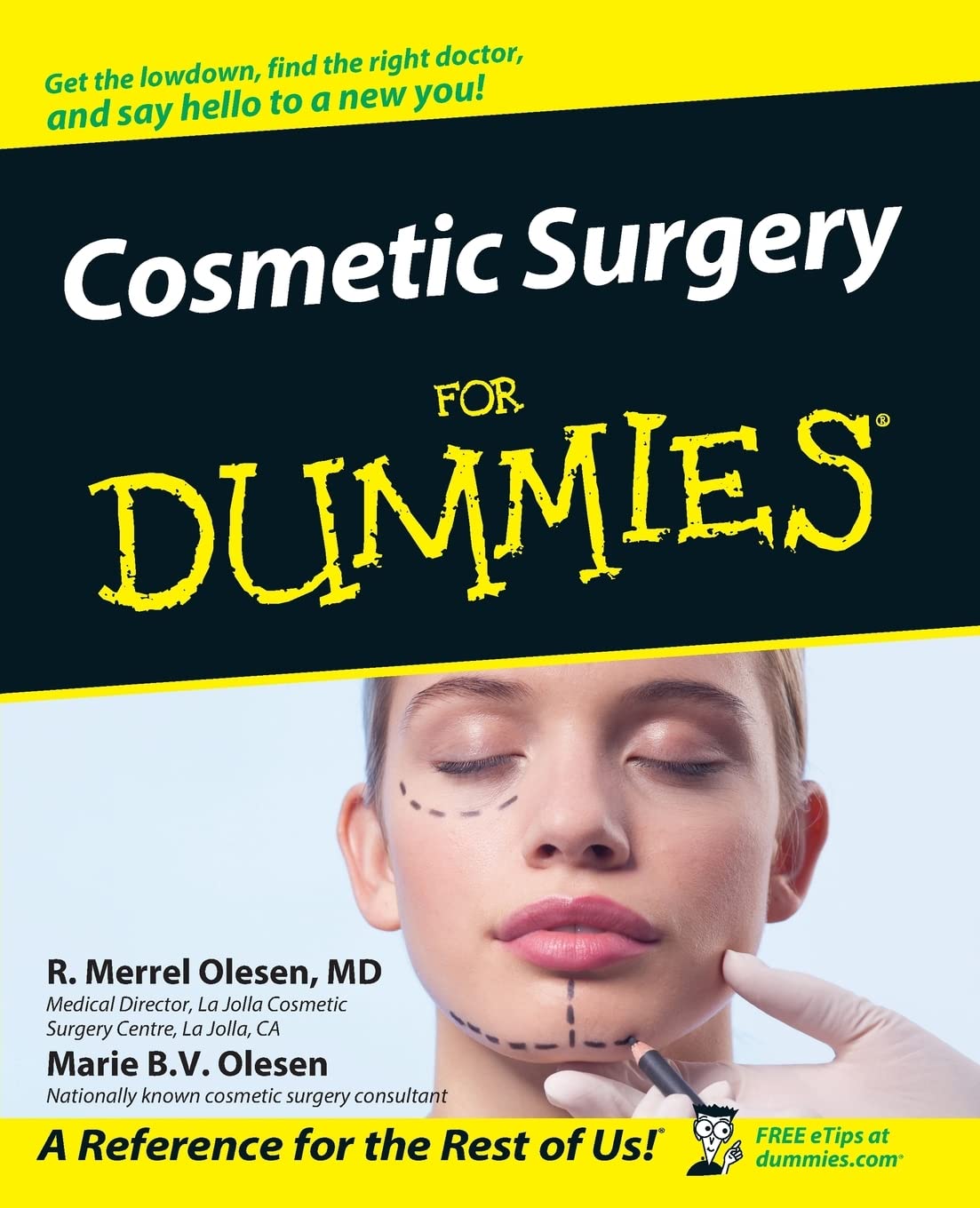Welcome to the official Cosmetic Surgery Advice resource, which offers free, impartial help and support to people considering surgery.
Cosmetic Surgery is not a discipline within itself but a branch of Plastic Surgery designed to improve or rejuvenate an individual’s appearance. It has been developed to respond to a person’s need to change some aspect of their appearance, frequently one that has bothered them over the course of their lives.




Plastic surgery is the aspect of surgery that is developed to correct congenital or acquired deformities and restore impaired function to the affected areas.
The term “Plastic” comes from the Greek plastic, meaning to form or mould. Historically, this usually referred to the shaping and moulding of skin, cartilage, fat and bone.
The art of Plastic Surgery was practised as early as 200 B.C. in ancient India, where women’s noses, mutilated by their jealous husbands, were reconstructed using flaps of skin from the forehead.
In Renaissance Italy, surgeon Gaspar Tagliacozzi wrote the first textbook of Plastic Surgery, in which he described a procedure whereby a skin flap, taken from an individual’s arm, was used to reconstruct a missing nose.
Probably the most significant step towards the recognition of plastic surgery as a legitimate branch of surgery came in World War I, when actual “Plastic surgery units” were opened in British hospitals. These units were designed to treat combat veterans who had received extensive gunshot injuries and burns on the front. The extent and complexity of these kinds of injuries, never before seen, tested the ingenuity and inventiveness of these “pioneers” of the craft. Read more with our Cosmetic Surgery guide resources.
Cosmetic surgery, also known as aesthetic surgery, is a type of medical procedure that aims to enhance a person’s physical appearance by modifying or improving their body’s features. The procedures can range from simple, non-invasive treatments to more complex surgeries that require anaesthesia and hospitalization.
The Goal of Cosmetic Surgery
The primary goal of cosmetic surgery is to improve a person’s physical appearance and enhance their self-esteem and confidence. Cosmetic surgery procedures are typically elective, meaning they are not medically necessary, and are performed on individuals who are dissatisfied with their physical appearance or who wish to enhance certain features of their body.
The goal of cosmetic surgery is to help individuals achieve the look they desire, whether by reducing the signs of ageing, enhancing their natural features, or correcting any perceived physical imperfections. By improving their appearance, individuals may experience increased self-confidence and improved quality of life.
However, it is essential to note that cosmetic surgery is not a panacea for low self-esteem or body image issues. While it can improve a person’s appearance, it is not a substitute for mental health treatment or counselling for underlying psychological issues. Therefore, it is essential to approach cosmetic surgery with realistic expectations and to discuss any concerns or questions with a qualified and experienced cosmetic surgeon.
Some common cosmetic surgery procedures include:
- Breast augmentation: A surgical procedure to increase the size and improve the shape of the breasts. Read more about this in our Breast Enlargement help guide or our Breast Reduction guide.
- Liposuction: A procedure that removes excess fat from specific areas of the body, such as the abdomen, thighs, or hips.
- Rhinoplasty: A surgical procedure to reshape and improve the appearance of the nose.
- Facelift: A surgical procedure to lift and tighten sagging facial skin and reduce wrinkles.
- Tummy tuck: A surgical procedure to remove excess skin and fat from the abdomen and tighten the muscles in the area.
- Botox injections: A non-surgical treatment that temporarily paralyzes the muscles in the face to reduce wrinkles and fine lines.
Cosmetic surgery is typically elective, which means that it is not medically necessary. People choose to undergo cosmetic surgery to enhance their physical appearance and boost their self-esteem. However, like any surgery, cosmetic surgery carries certain risks, including infection, bleeding, and anaesthesia complications. It is essential to consult with a qualified and experienced cosmetic surgeon and carefully consider the risks and benefits before undergoing any cosmetic surgery procedure.
We highly recommend the following Cosmetic Surgery Advice book:
Around the same time, surgeons were experimenting with aesthetic cosmetic surgery in the United States.
For the most part, all of the procedures we have today were developed through pioneering reconstructive surgery to correct birth defects or damage from accidents, diseases or war injuries.
In the 1920s, there was a move towards “improving” facial features rather than deformities. This started with the “bobbing” of a famous American actress’s nose. Before long, regular people were asking for their noses to be bobbed in imitation of Fanny Brice’s surgery.
This was the start of an American and European infatuation with self-improvement.

